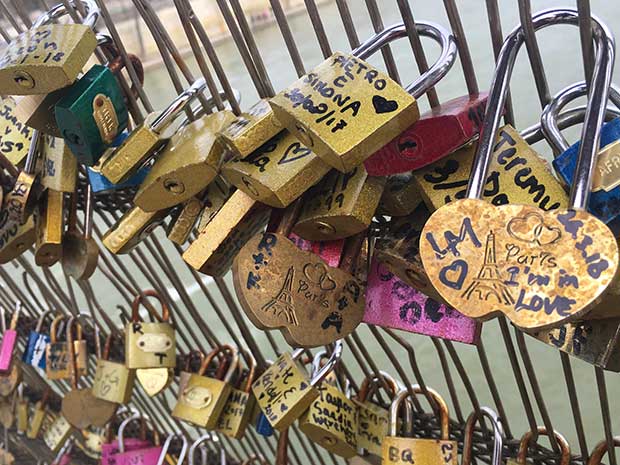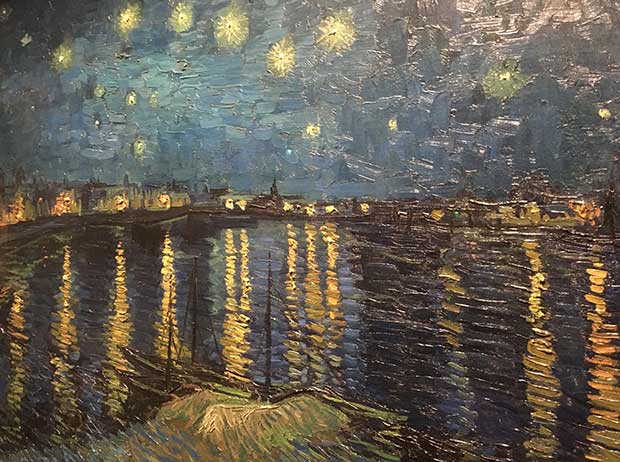Letting Go
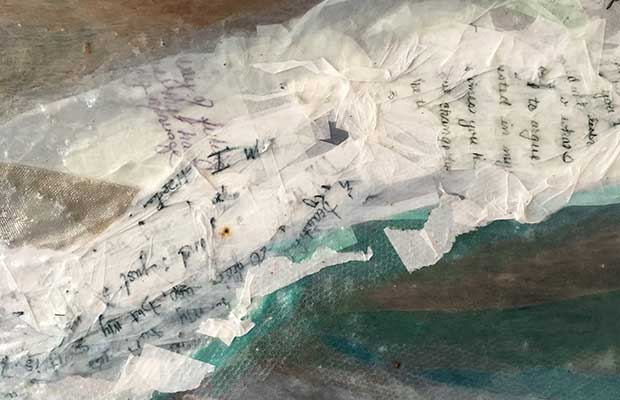
A Daughter’s Story
More than one hundred participants submitted “Let Go” sentences to be collaged onto my ArtPrize Nine painting. But one woman caught my attention when she wrote this statement: “Mom, I’m letting go of my expectations of what our relationship should look like. I forgive you for the pain you caused, and I release you from any responsibility to heal me.”
Her profound statement, “I release you from any responsibility to heal me,” compelled me to contact her to see if she would share more of her story. She agreed. The following vignette shows her progression from heartache to healing. The Let Go journey is always difficult but never impossible.
Mom,
You said I shouldn’t be affected by your decision to divorce my dad. What you didn’t realize was that you not only closed yourself off from Dad, but from me as well. When you shut yourself away in your room and told me not to bother you, I learned that I no longer had a mother to depend on; I had to fend for myself.
When I left for work one day, you changed the locks to prevent my dad from coming in. But you didn’t realize—you locked me out too. Over and over, you chose your “freedom” and your “own” path over me. Your choices cut a deep wound in my heart.
One day, I realized you would probably never apologize; I needed to forgive you, or my bitterness would end up consuming me. I had to accept you for being you, instead of wishing you were some other mom.
Mom, I’m letting go of my expectations of what our relationship should look like. I forgive you for the pain you caused, and I release you from any responsibility to heal me.
Love,
Your daughter
This is one of the stories that inspired the Let Go exhibit.
Note: Some details have been changed to protect identities.

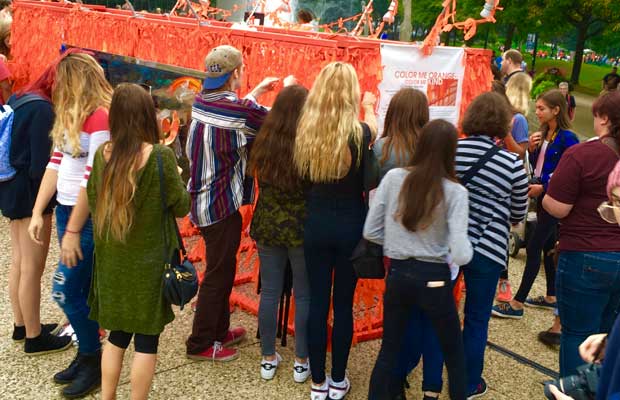
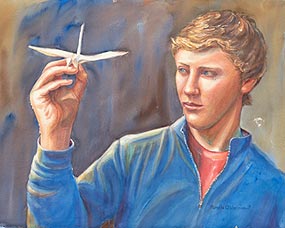 Participatory art has a subtle power to serve as a healing catalyst. Visitors often experience new insight through connecting with the work. As the artwork begins to unlock the soul, it becomes a place of hope and healing. Walker’s autism story inspired an avalanche of hope, with more than twenty thousand ArtPrize visitors writing prayers for other children, like Walker, at
Participatory art has a subtle power to serve as a healing catalyst. Visitors often experience new insight through connecting with the work. As the artwork begins to unlock the soul, it becomes a place of hope and healing. Walker’s autism story inspired an avalanche of hope, with more than twenty thousand ArtPrize visitors writing prayers for other children, like Walker, at 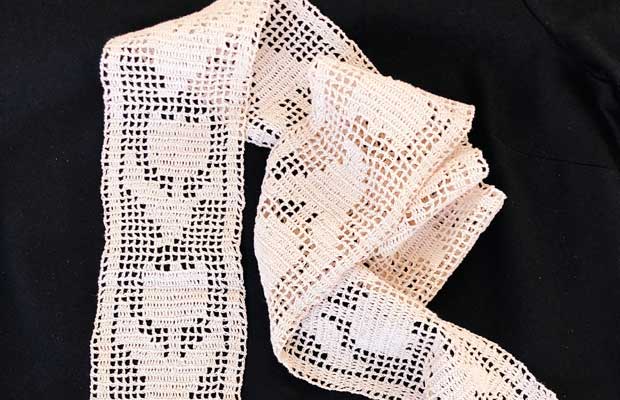
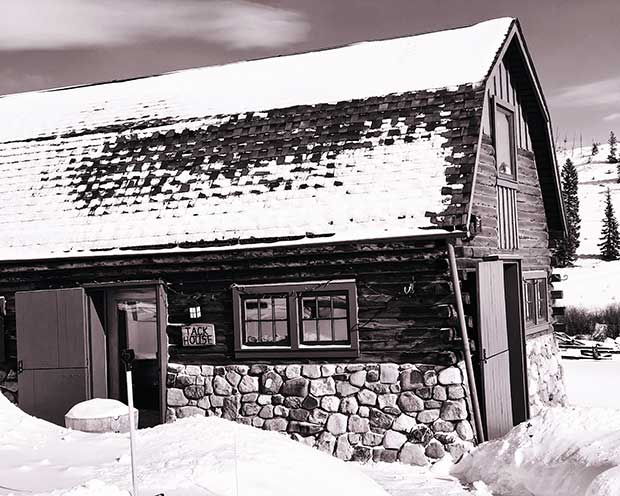

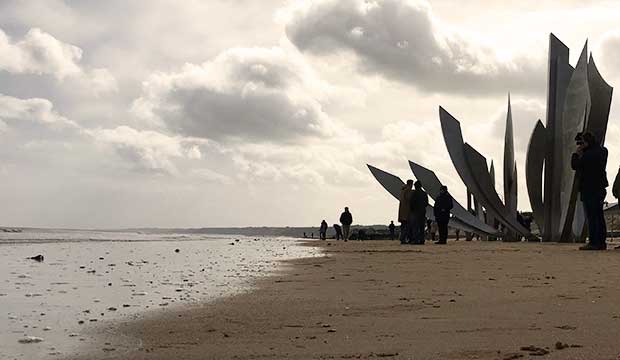
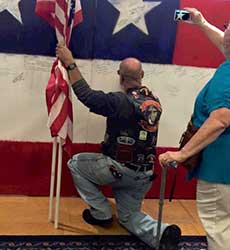 While on Omaha Beach, I thought of the veteran soldiers who visited my ArtPrize 2015 Hometown Hero installation. These veterans soldiers, who honored the World War II, Vietnam, Iraq, and Afghanistan fallen, made a deep impression on us—the ArtPrize visitors, my volunteers, and me, the artist. Their story of sacrifice and loss, even decades later, was profoundly visible. We all felt their grief.
While on Omaha Beach, I thought of the veteran soldiers who visited my ArtPrize 2015 Hometown Hero installation. These veterans soldiers, who honored the World War II, Vietnam, Iraq, and Afghanistan fallen, made a deep impression on us—the ArtPrize visitors, my volunteers, and me, the artist. Their story of sacrifice and loss, even decades later, was profoundly visible. We all felt their grief.
